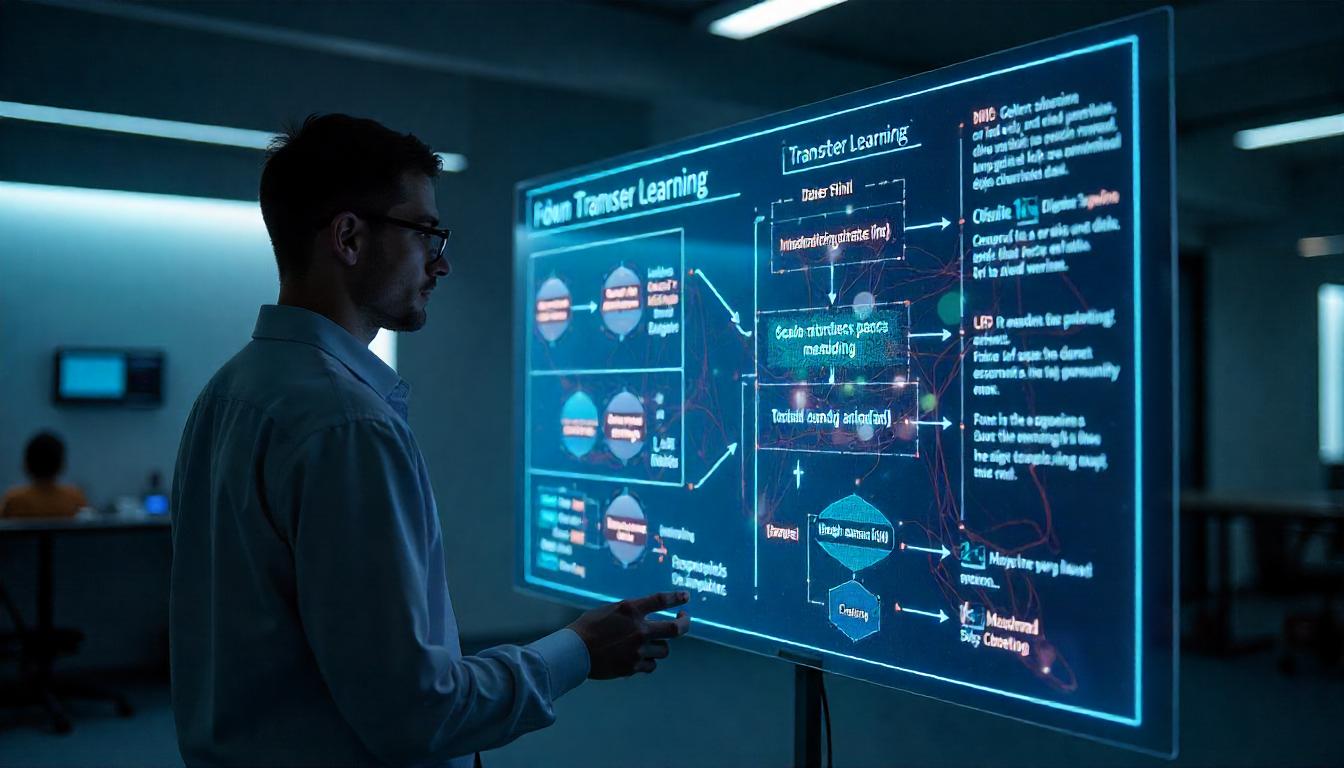Unlocking the Power of AI in Predictive Analytics and Forecasting
In a world overflowing with data, turning that data into actionable insight is key to making smarter business decisions. But rather than relying solely on historical trends, businesses today are looking ahead—and artificial intelligence (AI) is playing a vital role in that shift.
With AI-driven predictive analytics, organizations are forecasting future outcomes, identifying trends before they emerge, and gaining a clearer view of what’s to come. Here’s how AI is revolutionizing forecasting across industries.
What Does Predictive Analytics Mean?
Predictive analytics is the process of using historical data, statistical methods, and AI algorithms to estimate what’s likely to happen in the future.
Unlike traditional analytics that focuses on past performance, predictive models answer forward-looking questions such as:
- Which customers are most likely to return or churn?
- What inventory levels will be needed next quarter?
- Which marketing strategies will drive the best results?
This future-focused approach allows businesses to be proactive and strategic rather than reactive.
How Artificial Intelligence Supercharges Predictive Analytics
While standard forecasting tools can help, AI brings unmatched speed, accuracy, and adaptability to the table. Here’s what sets AI apart:
1. Rapid Processing of Complex Data
AI can analyze vast and varied datasets within seconds—something that would take humans days or weeks—uncovering relationships that might otherwise be missed.
2. Constant Learning and Adaptation
AI models evolve by learning from every new data input. As the system processes more information, its forecasts become increasingly refined and reliable.
3. Real-Time Predictive Capabilities
With AI, businesses can make instant predictions based on up-to-the-minute data. This is essential for responding quickly to changes in consumer behavior or market dynamics.
4. Discovering Non-Obvious Insights
AI excels at identifying intricate and non-linear connections in data—such as how seasonality, competitor actions, and consumer sentiment interact to influence demand.
Common Use Cases of AI-Powered Forecasting
AI-driven predictive analytics is becoming a go-to resource for businesses across sectors. Here are a few impactful ways it’s being applied:
Anticipating Customer Behavior
Brands are using AI to better understand their customers, such as:
- Pinpointing individuals at risk of disengaging.
- Recommending products that align with a customer’s preferences.
- Customizing messages and offers for better engagement.
These insights lead to improved retention and higher satisfaction.
Forecasting Supply and Demand
Businesses can now predict inventory needs and streamline supply chain operations by:
- Minimizing overstock or shortages.
- Anticipating seasonal or regional demand spikes.
- Aligning production with real-time data inputs.
This leads to operational efficiency and reduced waste.
Financial Modeling and Planning
AI is a game-changer in financial forecasting, offering capabilities like:
- Projecting revenue trends.
- Evaluating credit and investment risks.
- Planning budgets with greater accuracy.
With better predictions, organizations can manage resources more strategically.
Enhancing Healthcare Outcomes
Healthcare providers use predictive analytics to:
- Spot high-risk patients before issues escalate.
- Forecast patient volumes and resource needs.
- Design personalized treatment paths.
These applications are helping healthcare systems become more proactive and patient-centered.
Addressing the Challenges
Although AI brings powerful forecasting tools, there are still important challenges to consider:
- Data Accuracy: Poor or incomplete data can skew predictions. Ensuring clean, unbiased data is essential.
- Technical Demands: Implementing and managing AI tools often requires specialized skills and infrastructure.
- Privacy and Ethics: Using personal data responsibly and adhering to privacy laws is critical to maintaining trust.
Despite these concerns, the advantages of AI forecasting often far outweigh the barriers when managed correctly.
The Future of AI in Predictive Modeling
As AI capabilities continue to grow, predictive analytics will become more refined, accessible, and widely used. Expect to see:
- Seamless integration with everyday business software.
- Greater transparency in how AI models make decisions.
- Increased adoption across sectors, from retail and finance to education and healthcare.
Early adopters of these technologies are already gaining a significant edge—and others will soon follow.
Final Words
AI-powered predictive analytics isn’t just about better data—it’s about making smarter choices, faster. By anticipating trends, understanding behaviors, and forecasting needs, businesses can operate more efficiently and serve their audiences more effectively.
If you haven’t explored predictive analytics with AI yet, now is the time to start.





